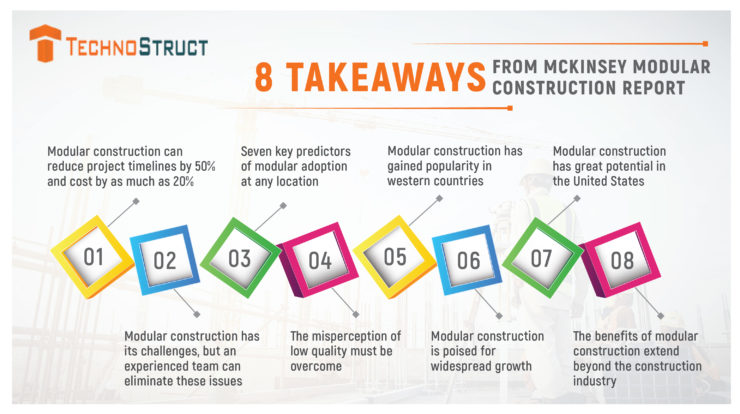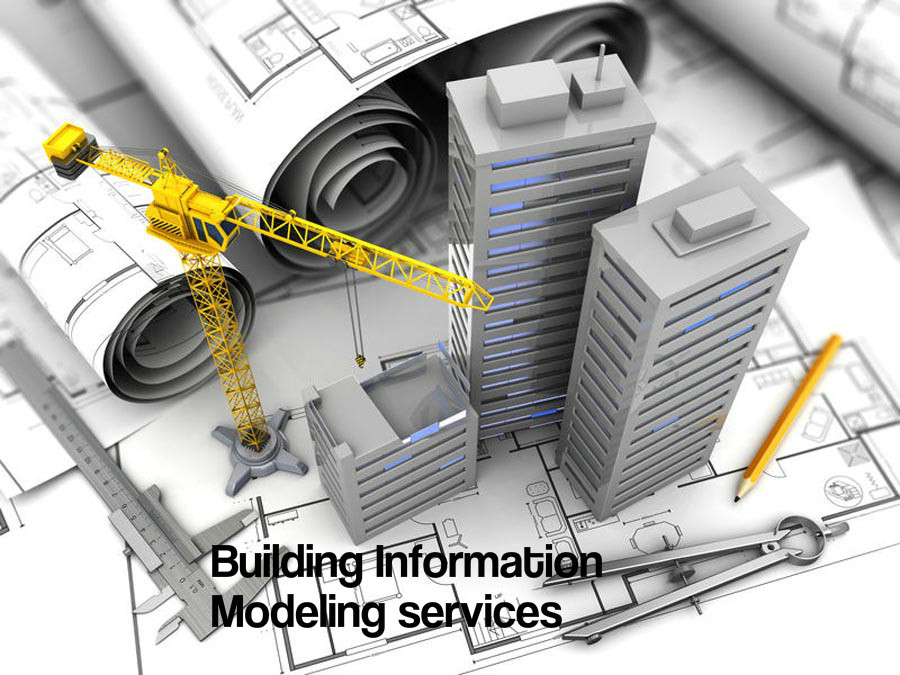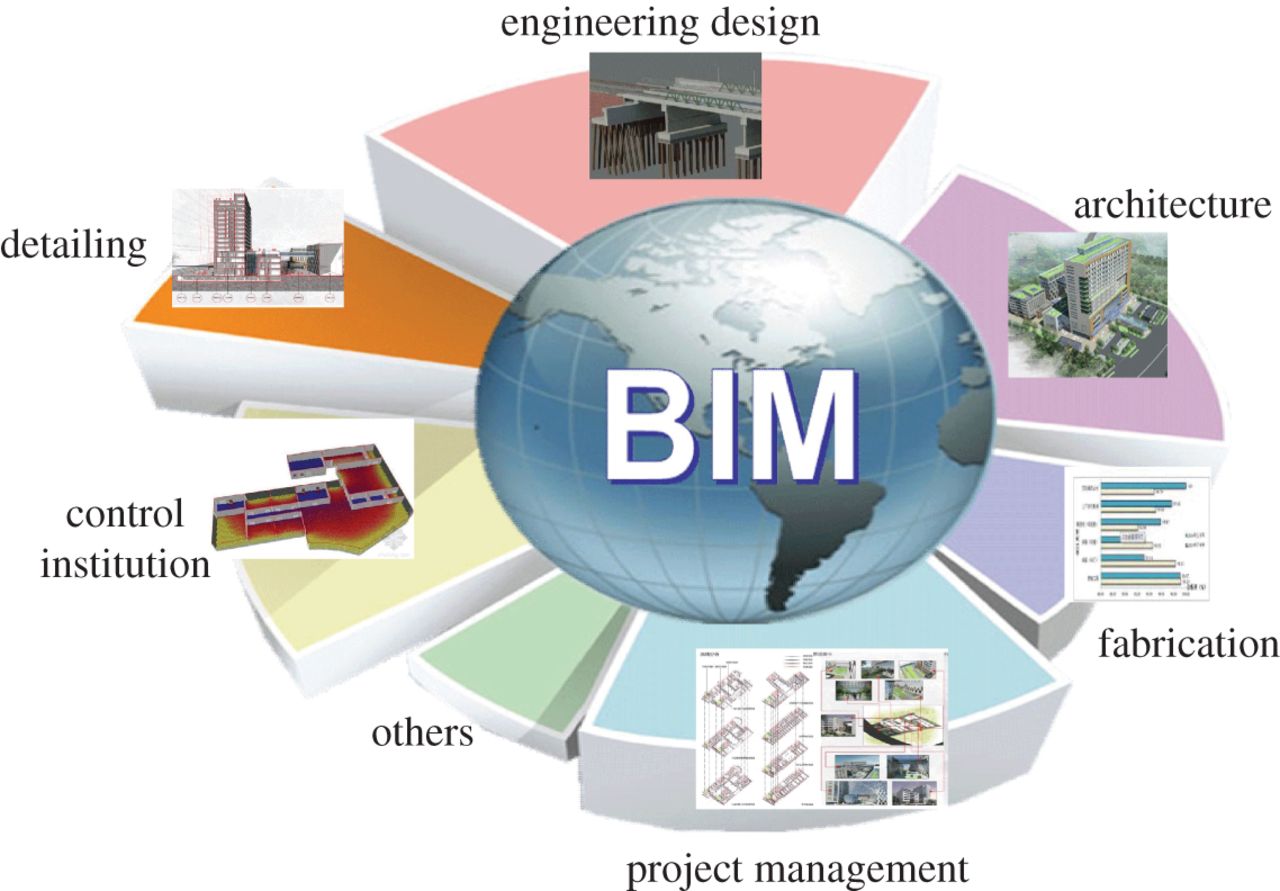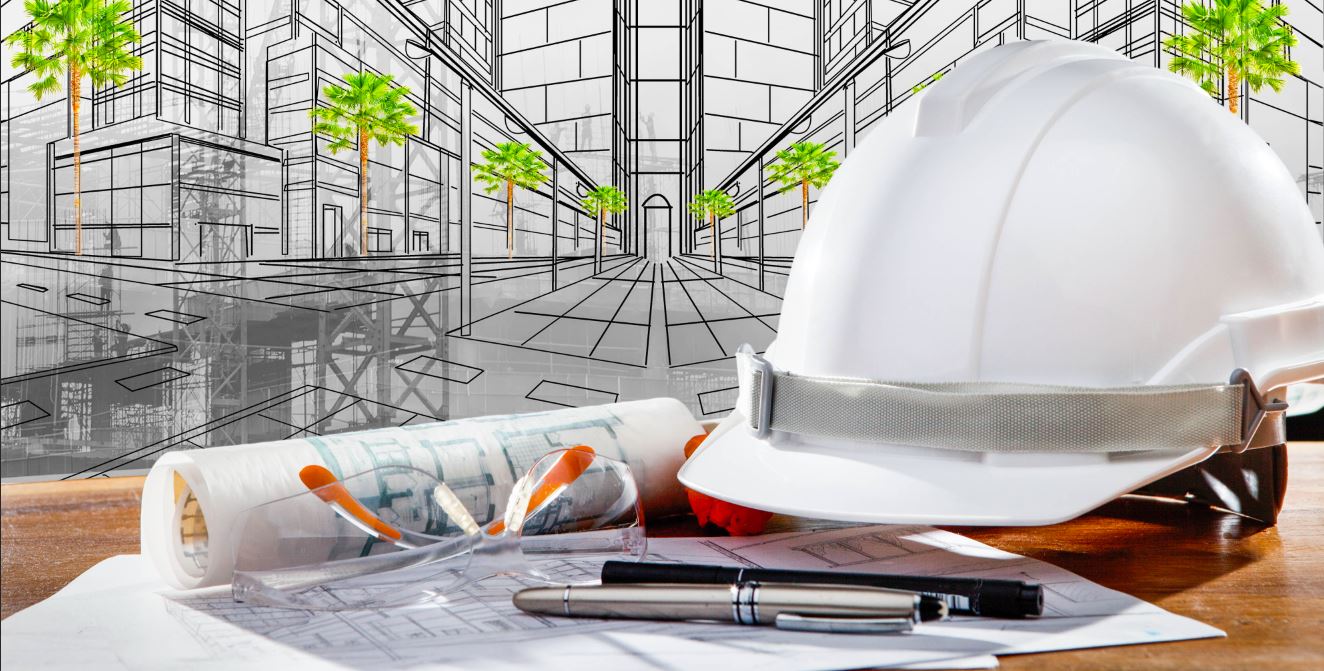
The construction industry is amongst the largest sectors globally, and a profound shift in this sector will have a major impact on future projects. The advancements in the AEC sector with the adoption of modular and prefab construction have already been able to lower the project timelines by 20-50% while also yielding significant cost savings.
The McKinsey report suggests that under reasonable penetration assumptions, the market value for modular in new real-estate construction alone could reach $130 billion in Europe and the United States by 2030. As we go along, all the industry participants will have to make big changes:
- Modular Manufacturers: Scale and Construction
- Developers: Productize and Partner
- Material Suppliers: Prepare for a shift in products and go-to-market, or enter new space
- Public Sector: Bundle pipelines and update building codes
- Engineering & Construction Firm: Pre-empt commoditization
- Investors: Seek to understand new opportunities
The current trends in modular construction have the power and growth potential to boost the real-estate sector in the USA market. Here are the 8 Takeaways from McKinsey Modular Construction Report:
1. Modular construction can reduce project timelines by 50% and cost by as much as 20%:
When compared to traditional methods of construction, modular construction can reduce the construction timelines by as much as 50% as a result of utilizing pre-engineered designs and fabricated modular units that form the foundation of the infrastructure. Apart from improving efficiency and lowering labor costs, Modular construction provides even more opportunities to improve cost efficiencies with its ability to shorten schedules and complete projects faster.
Also, the short project schedules offer a massive advantage for developers who can sell their units or rent them out, allowing them to earn returns sooner and have improved cash flows.
2. Seven key predictors of modular adoption at any location:
Modular construction has the capability to create significant time and cost efficiencies, but it is not well-suited for specific conditions/locations. The McKinsey report has identified these seven factors that should be thought about before deciding if an area is ready for modularization:
- Regulatory Conditions
- Access to Materials
- Quality Perception
- Supply Chain & Logistic Conditions
- Local Site Constraints
- Labour Availability
- Housing Demand
Further, the McKinsey report suggests that Labour Availability and Housing Demands are the two most important indicators for modularization in any region.
3. Modular construction has gained popularity in western countries:
The adoption of modular construction has been drastic across the world, especially in Europe and the USA. The latest statistics suggest that 45% of the current housing in Norway, Sweden, and Finland was built modularly.
4. Modular construction has great potential in the United States:
Based on the McKinsey 7 factors of modularization, the United States is one of the most promising countries for the expansion of modular construction. McKinsey suggests the West Coast would benefit most from the adoption of modular construction.
5. Modular construction has its challenges, but an experienced team can eliminate these issues:
Modular construction flaunts several significant advantages that make it an outstanding choice for enormous scope development in the United States and all through the world, yet it accompanies a few difficulties. Modular construction requires a critical move in attitude and techniques—also the need to build up manufacturing and assembling environments.
6. The misperception of low quality must be overcome:
“The industry will need to overcome lingering perceptions of the post-war era that prefab housing is only a poor-quality, cookie-cutter solution for the masses,” states the report. The industry needs to over the unfortunate misperception of being low-quality and unattractive to offer a more robust construction environment that helps boosts the construction sector and fulfills the market’s need and demand.
TechnoStruct is the best BIM Consulting firm that has debunked and overcomes the misperception of modular construction with its experience and expert design solutions.
7. Modular construction is poised for widespread growth:
After WWII, modular construction has never been able to make a significant foothold in the United States of Americas due to poor misapprehensions, but presently the state is looking at the rise in its popularity and adoption.
According to the McKinsey report, the critical distinction today is the rise of digital technology in the construction domain that has enabled project managers/engineers/designers to create stronger, more operational, more functional, and more aesthetically pleasing modular designs than ever before.
8. The benefits of modular construction extend beyond the construction industry.
Modularization has its advantages that not just benefit the construction industry but also supports several other elements of society. Here are some of the wide-ranging effects:
- Growth & Wage Increases for Companies Saving Money Through Modular Construction
- Safer Working Conditions for Construction Teams
- More Affordable & Higher-Quality Housing
TechnoStruct is one the leading BIM consultant in Southern California that specialize in providing mechanical and engineering solutions, designing, solar engineering solutions, and construction solutions to commercial projects across industries, with a diversified range of services including but not limited to BIM consulting services, Mechanical Electrical Plumbing (MEP) engineering and designs, Mechanical Subcontractor, Solar, Electrical Subcontractor, and many more.



